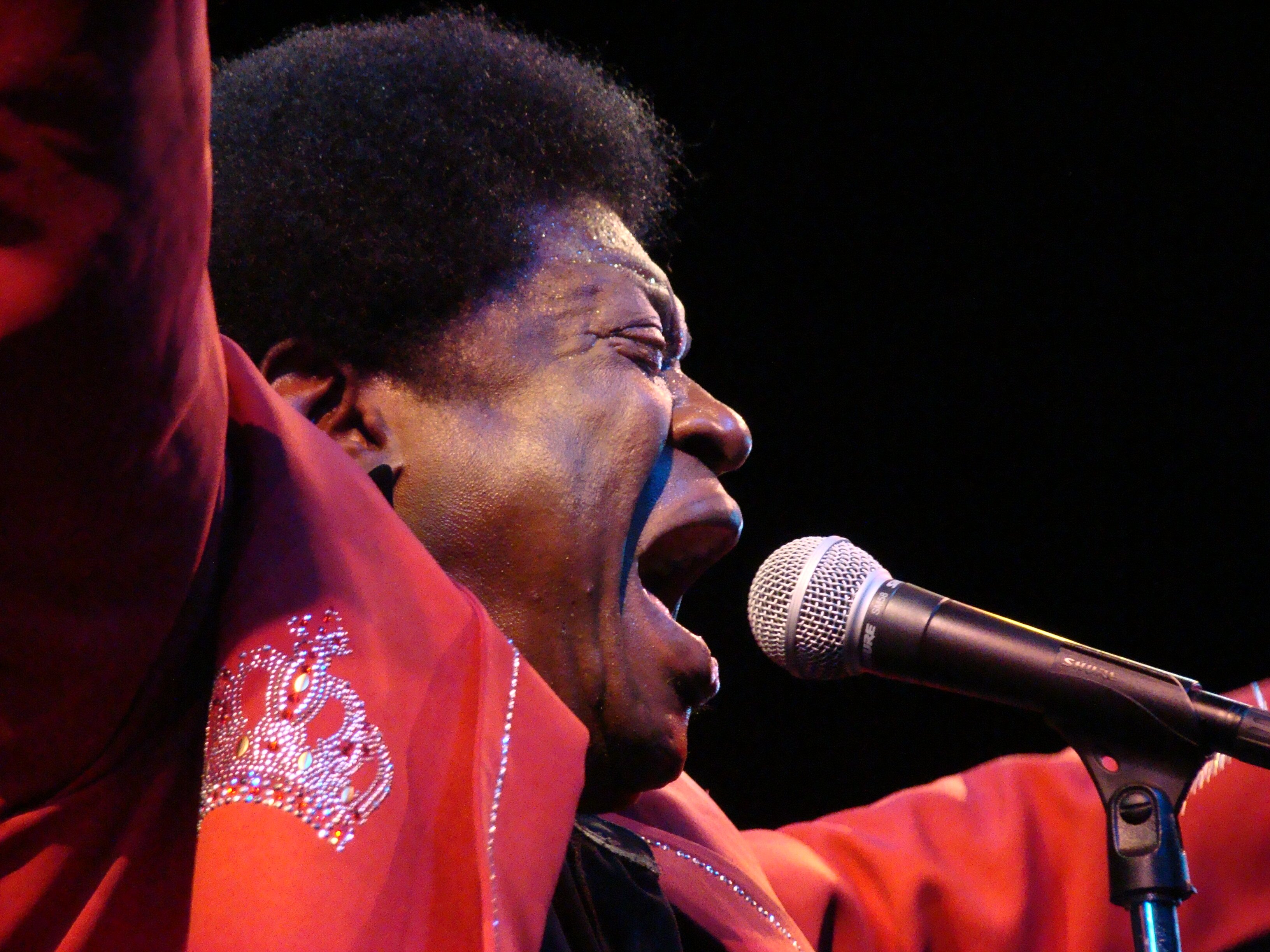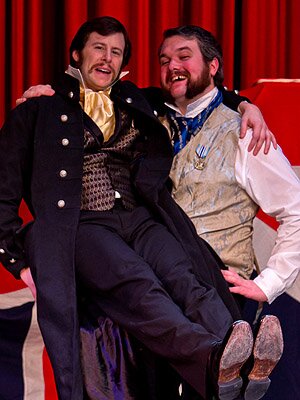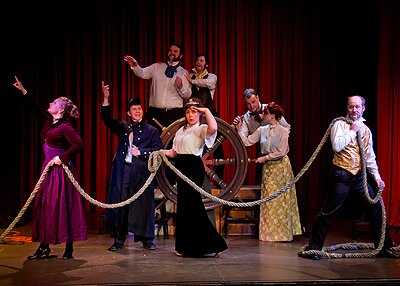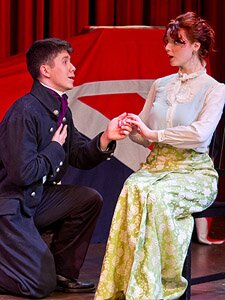Keep track of all The SunBreak’s festival coverage on our SIFF 2013 page.
Tony: I Declare War is a Canadian drama that’s got an enormous amount going for it. It’s convincingly acted by its very young cast, boasts a script with a definite feel for exactly how real kids sound when interacting with each other, and it takes viewers to some refreshing and surprising places given its Stand by Me meets Lord of the Flies set-up. All of those positives make the movie’s lack of emotional pull all the more frustrating. Sure to inspire a lot of respect, but not a lot of love.
I’ll give Just Like a Woman one thing: It inspired a visceral reaction in me–just not one the filmmakers intended. Sienna Miller stars, and she remains a luminescent presence on camera. Miller tries gallantly here as a put-upon working-class Chicago girl road-tripping to Santa Fe for a belly-dancing competition. But aside from the undeniable enchantment of her’s and fellow leading lady Golshifeh Farahani’s gyrating midriffs, Just Like a Woman is nothing short of horrible–a beautifully-shot but insultingly stupid weld of Thelma and Louise and The Full Monty that hits indie-movie cliches with the same mechanized cynicism that Michael Bay applies to action-movie tropes in a Transformers movie.
Audrey: Speaking of women, After Tiller documents the last four American doctors who openly perform late-term abortions, in the wake of Dr. George Tiller’s church assassination. If an expecting mother finds out about major fetal abnormalities late in the pregnancy, hie thee to Colorado, Maryland, or New Mexico to meet the only doctors who still perform these procedures out of concern for the mother’s well-being and duty as a doctor, as well as a general stubbornness and a blatant refusal to be bullied. This is a three-hanky flick, as some of the personal stories are devastating.
Tony: Like any capably-made music doc, Big Star: Nothing Can Hurt Me stands as a must for fans of its subject. It also offers an interesting mini-history of the band’s relationship with Stax offshoot Ardent Studios, and some unintended insight into how the band’s variety of power pop just might have been a little too insular and melancholy for its own good (this, coming from a big fan).
No such detachment exists with A Band Called Death, which some have been calling (with a degree of validity) the Searching for Sugarman of punk rock. The story of three African-American brothers ushering in punk a good two years ahead of schedule (only to have their music go unacknowledged for decades) sports several great real-life characters, and a latter-year resurgence pregnant with bittersweet drama. Amazing stuff, even if Death’s radical mutation of Motor City garage rock and proto-hardcore isn’t your cup of tea.
MvB: Also in the documentary aisle at SIFF, I saw More Than Honey, The Act of Killing, Breathing Earth, Barzan, and The Human Scale.
Once again, bees prove an immensely entertaining documentary subject — in More Than Honey, made by Markus Imhoof, a small-time Swiss beekeeper himself, the bees and the people who care for them get a close-up. The camera peers into hives for births and deaths, narrating the bees’ complicated lives for the viewer: waggle dances, mating, cell construction. You meet prototypical American bee-capitalist John Miller who claims to hear greenbacks in their buzzing, a Swiss beekeeper concerned about racial purity, Austrians who manufacture queen bees, a group of Chinese workers pollinating by hand, and another American beekeeper who’s getting honey from Africanized bees.
Audrey: The bee cinematography was outstanding. Beauty is truly in the eye of the bee-holder.
Josh: I often think that documentaries have a bit of a leg-up in the festival circuit. I’m pretty bad about seeing them during the year, so that’s a novelty in and of itself. And it’s usually a lot easier to tell whether the topic (if not the execution) will be interesting from the capsule description. But More than Honey exceeded expectations on both fronts — it was both fascinating and beautifully executed. In the Skype-powered Q&A with an awake very-early-Imhoof, he recounted the painstaking and time-consuming lengths he and the crew took to capture such amazing footage of bees at work and in flight, suggesting that it would have been less expensive to do the whole unbelievably-detailed footage with computerized insects. One of my college dorm mates was an enthusiastic entomologist; so I thought I’d gotten earfuls on these pollinators but this documentary was revelatory — from the potential salvation of Africanized honeybees to the mass transit of bees around the country to do commuter pollination and the arresting scenes of China’s attempts to replace bees with humans.
MvB: Yes, Imhoof’s larger thesis is that colony collapse disorder is just one more evil brought about by bees’ industrial serfdom — in essence, it’s our civilization that’s to blame. That’s a critique not too far from that made by Danish architect Jan Gehl, who is the presiding genius (the film never really lets you get to know him as a person) of The Human Scale, a sometimes earnestly soporific, sometimes gripping account of why cities prioritize the movement of goods and vehicles over the health and welfare of the people who live in them. (Kinds of vehicles are prioritized, too — the visit to Dhaka contrasts the huge amount spent on roads for cars that few can afford with the rickshaws that most use.)
All the elements come to a head in the concluding Christchurch segment, where post-quake reconstruction offers human-scale urban planning the prospect of more than safer crosswalks and cycle tracks. Though the residents seem quite clearly to prefer to limit building heights to six or seven stories, the central government isn’t convinced they know best.
I think Josh, Audrey, and I were all left agog by The Act of Killing, which features Joshua Oppenheimer tagging along with Indonesian death-squad gangsters as they recount how many people they killed in the 1960s for being, nominally at least, communists. They’re celebrated to this day as defenders of their homeland — a TV host applauds them for their “humane” efforts in killing mass numbers of people — but at least one is troubled now by nightmares from his past. Or is he a sociopath trying out a new persona? The film is funny, surreal, and intensely disquieting.
Audrey: The Act of Killing is by far one of the most unique movie experiences I’ve ever had. Run, do not walk, if you get the chance to see Suharto’s movie-obsessed thugs who “won” a war and got to write their mythology forced to confront their actions against their fellow countrymen. When there’s no formal reconciliation process (a la Rwanda) because those who committed atrocities are still in power, Oppenheimer gets a least a few of these mercenaries to undertake some well-needed psychotherapy via making their own movie to recreate and preserve their role in history.
Josh: Oh, I agree. It was a glimpse into such a bizarre world that I’m still having trouble reconciling the meaning of the parade of ever-more mind-boggling scenes. I completely understand why this film got more “programmer pick” recommendations than any other in the fest’s calendar. With its backing from Werner Herzog and Errol Morris, we can only hope that it gets wider distribution, if only for an opportunity to re-watch and try to decode all of the happenings.
MvB: Breathing Earth, from director Thomas Riedelsheimer of Rivers and Tides fame, never decides if it’s a profile of artist Susumu Shingu and his wind-powered, Calder-like installations, or a travelogue, as Shingu and his wife travel the world looking for the best spot for Shingu’s wind-powered artistic commune (Bag End with tiny rooftop windmills). The Italians don’t like the restaurant idea that’s incorporated — competition — while the bemused German real estate agents showing off a remediation site have no idea what to make of Shingu’s wife as she pretends like she’s walking on a lunar landscape. Often enough, though, Riedelsheimer just lets you watch scenes of almost unearthly beauty — Shingu’s tiny Daleks-in-a-pond making breezes visible, Monarch butterflies swirling in a Mexican forest.
MvB (con’t): Whoops! I almost left off Barzan, the local documentary about Iraqi refugee and Bothell resident Sam “Barzan” Malkandi, who was deported back to Iraq after having built a life for himself here in the U.S. Co-directors Alex Stonehill and Bradley Hutchinson reconstruct how Malkandi, a Kurd, was pressed into service for Saddam Hussein’s war on Iran; a theatre actor and director, Malkandi sounds like he went AWOL, and hid from Iraq security forces for years. Post-9/11, he was a beloved family man, living in Bothell with his second wife and a daughter and son, when the Department of Homeland Security arrived at his doorstep, claiming he was tied to Al-Qaida, though they could offer no evidence of his complicity in an actual plot. I don’t know what Stonehill and Hutchinson personally believe, but while the film advocates for hearing Malkandi’s side of the story, it’s hard to know what to believe. The use of sand-painting animation for recounted memories underscores the uncertainty.







